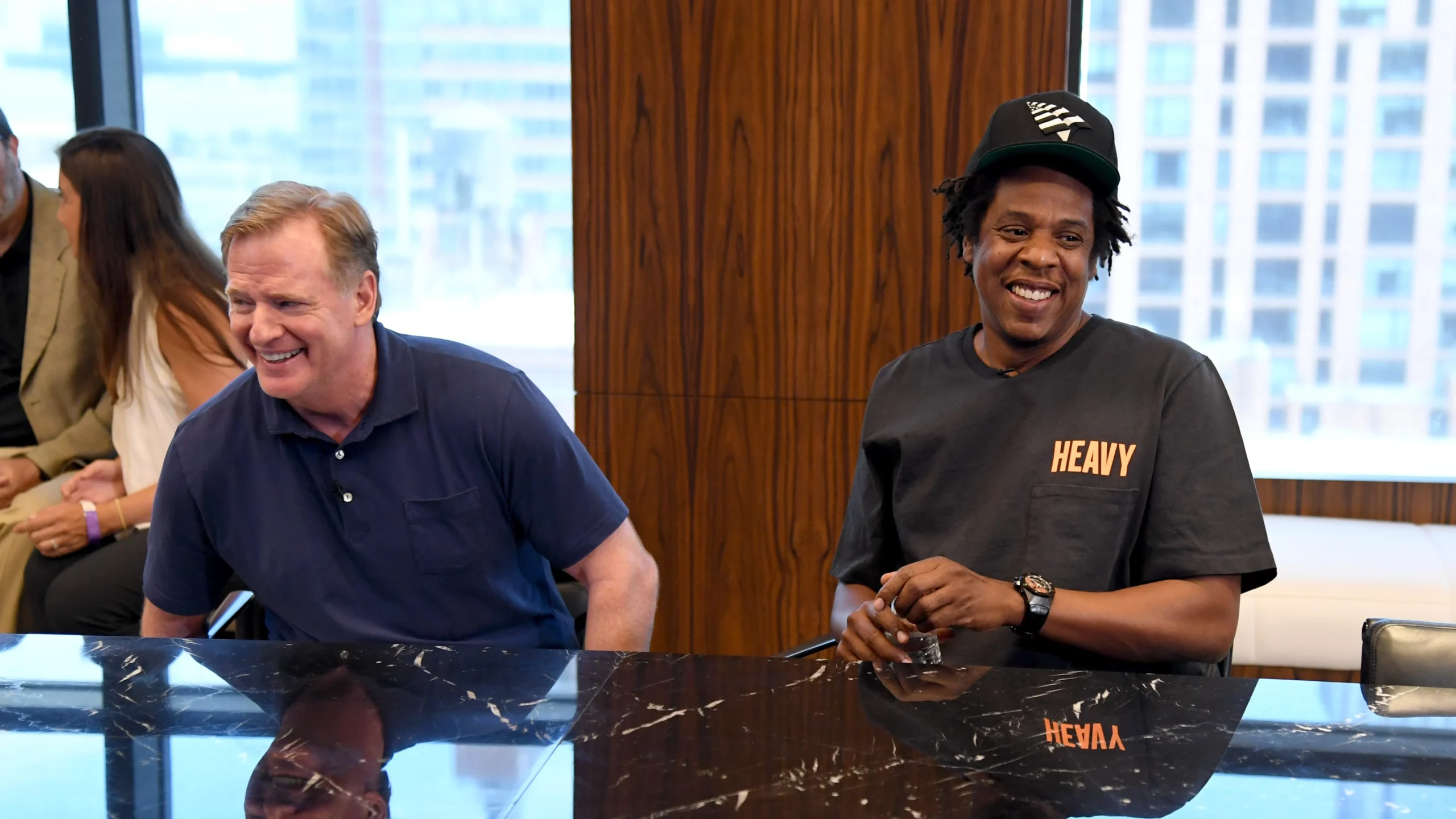Starting this week, around 7,000 probationary workers at the IRS are being laid off, and experts warn this could spell the end of the agency’s push to target high-wealth tax dodgers and create big challenges for revenue collection.
Most of those let go are new hires focused on tax compliance—making sure taxpayers follow the rules and pay any back taxes they owe. These layoffs, which are some of the largest cuts to probationary employees across the government this year, could also negatively impact customer service and tax return processing as we head into tax season.
The timing is tough, coming just two months before the tax filing deadline and amid efforts by the Department of Government Efficiency (led by Trump adviser Elon Musk) to shrink the federal workforce and slash spending.
Vanessa Williamson from the Urban-Brookings Tax Policy Center pointed out during a call with reporters that these layoffs are especially harmful to the IRS’s enforcement efforts, which were ramped up with the passing of the Inflation Reduction Act in 2022. The law allocated $80 billion to the IRS for things like hiring more employees, improving customer service, updating technology, and stepping up enforcement. However, some of that funding was later clawed back by congressional Republicans.
Under former IRS Commissioner Daniel Werfel, appointed by President Biden, there was a strong push to crack down on wealthy tax cheats, including executives using business jets for personal trips and high earners taking advantage of Puerto Rico’s tax loopholes. But now, with fewer enforcement officers, those efforts may be in jeopardy.
A Congressional Budget Office report from last year showed that cuts to IRS funding would negatively affect future revenue projections. For instance, a $5 billion funding cut could reduce revenues by $5.2 billion from 2024 to 2034 and increase the deficit. A larger $20 billion cut would lead to a $44 billion reduction in revenue and a $24 billion rise in the deficit over the same period. If funding were reduced by $35 billion, the shortfall could be as high as $89 billion.
With tax revenue and government spending being hot topics in Congress, Republicans are trying to figure out how to pay for extending parts of Trump’s Tax Cuts and Jobs Act, which the Penn Wharton Budget model estimates could add $4 trillion to the deficit over the next decade.
The union representing IRS workers has already taken legal action, challenging the mass layoffs.




